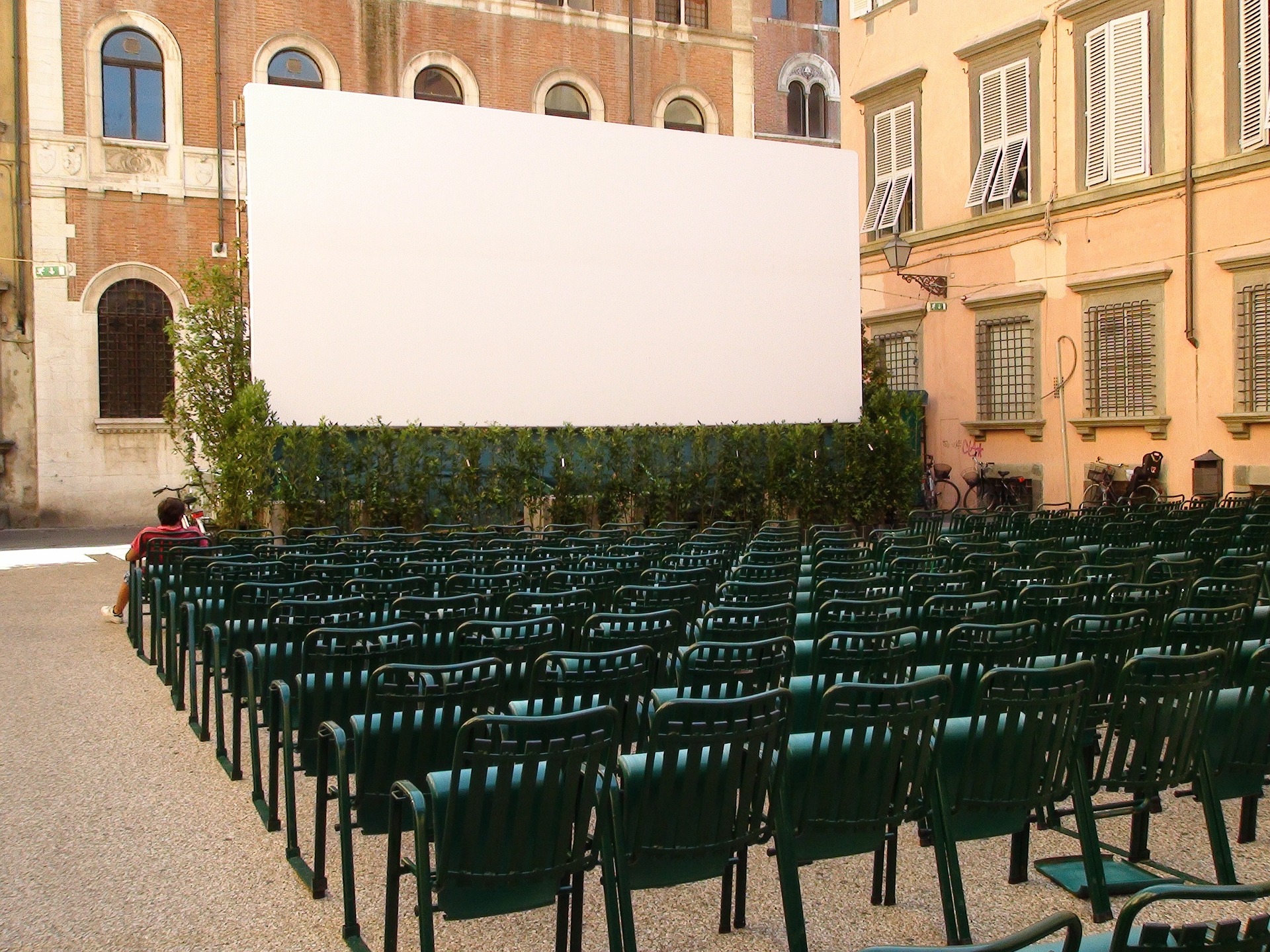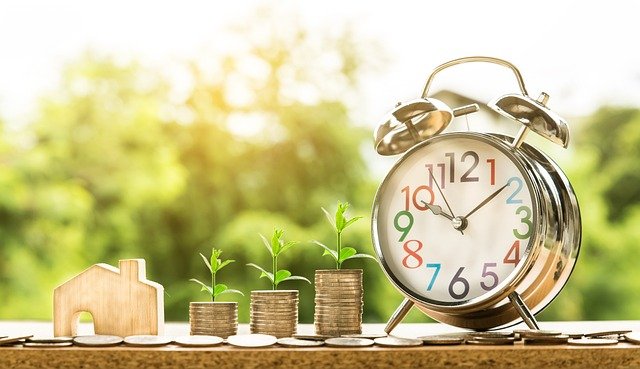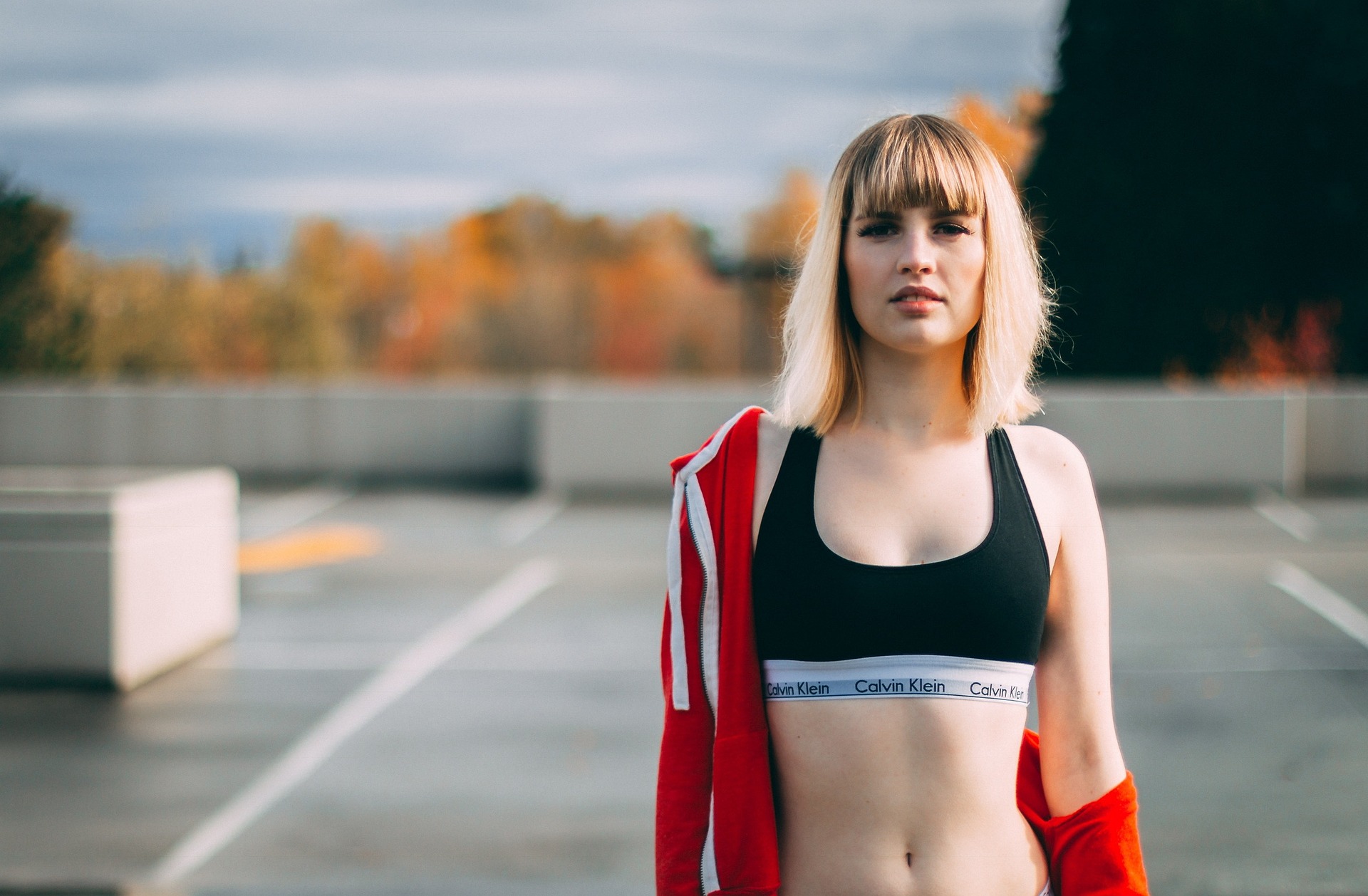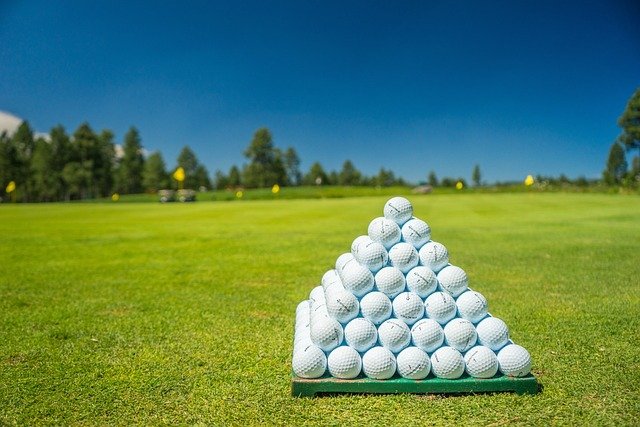Unraveling the Intricacies of Artistic AI: The Future of Creativity
The world of arts and entertainment is being reshaped by a new player: artificial intelligence. As AI technology continues to evolve, it is increasingly being used to create art, music, and even film. This article delves into the fascinating intersection of AI and creativity, exploring the potential implications for artists and audiences alike.
The Dawn of an Artistic Era
Artificial intelligence (AI) has swiftly moved beyond the realm of science fiction and into our everyday lives. From powering our smartphones and applications to predicting consumer behavior, AI is everywhere. Now, it’s making waves in the arts and entertainment industry, opening doors to a new era of creativity. AI is not only transforming how art is produced but also challenging our very definitions of art and the artist.
AI’s Artistic Ventures
AI’s venture into the arts has yielded fascinating results. In 2018, an artwork created by an AI algorithm was sold at Christie’s auction house for an astonishing $432,500. The piece, titled “Portrait of Edmond Belamy,” was generated using a two-part algorithm called Generative Adversarial Networks (GANs) that can create original images based on a database of 15,000 portraits. This event marked a significant milestone in the recognition of AI as a legitimate artistic tool.
The Music of Machines
AI’s influence doesn’t stop at visual art. In the realm of music, AI is being employed to compose original scores, with companies like OpenAI’s MuseNet leading the way. MuseNet is a deep learning model that can generate 4-minute musical compositions with 10 different instruments, covering a range of styles and genres. It’s not only changing the way music is created but also expanding the boundaries of what is possible.
The Impact on the Film Industry
The film industry is also exploring the potential of AI. Scriptwriting, for instance, is one area where AI is being trialed. Companies like ScriptBook are using AI to analyze scripts for their potential success, while others are developing AI to generate movie scripts from scratch. Additionally, AI is being used in post-production for tasks like color grading and special effects, which can save countless hours of manual work.
The Future of AI in Arts
The future implications of AI in arts and entertainment are both exciting and somewhat unsettling. The positive is that AI can help artists push the boundaries of their creativity, opening up new possibilities for expression. However, it also raises questions about the role of the artist, the value of human creativity, and the definition of art itself. As AI continues to evolve, these debates will undoubtedly intensify.
Artificial intelligence has undoubtedly carved a niche within the arts and entertainment industry. While it’s still early days, the fusion of technology and creativity is set to disrupt the way we perceive and appreciate art. As we stand on the brink of this new era, it’s clear that the future of creativity is as much about machines as it is about humans. AI’s role in arts and entertainment will continue to grow and evolve, challenging our preconceptions and pushing the boundaries of what’s possible.





